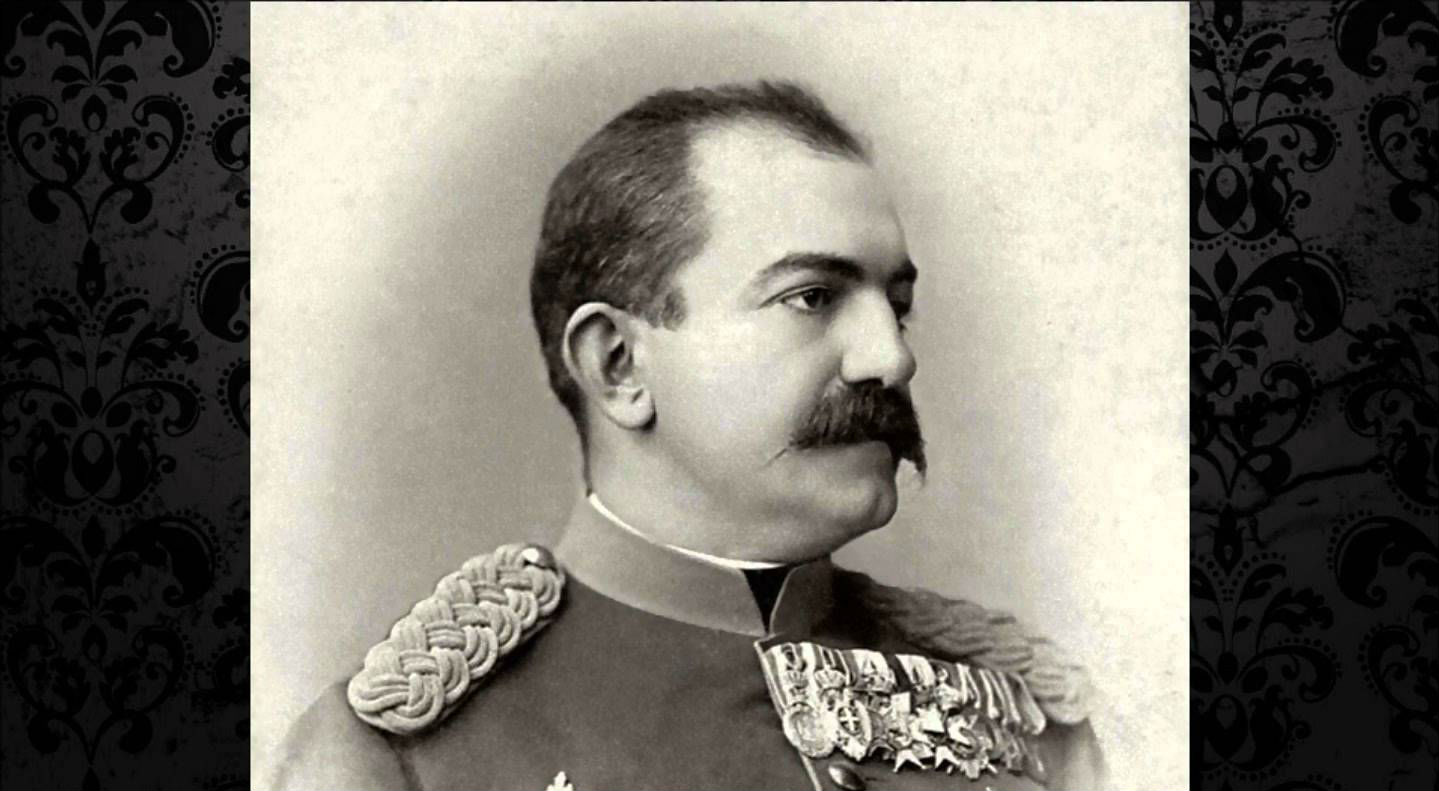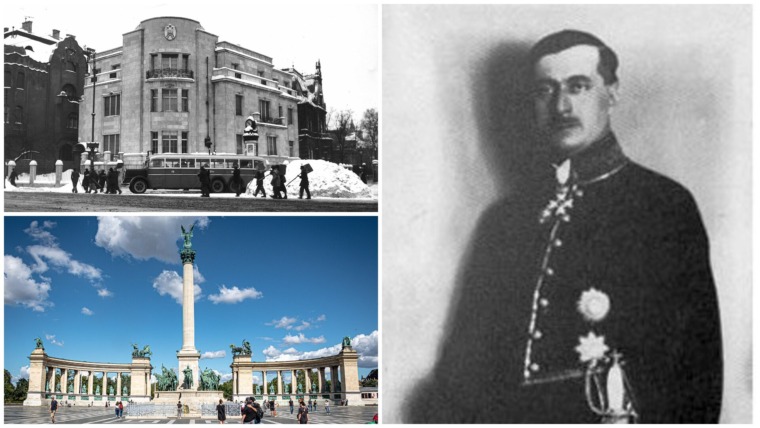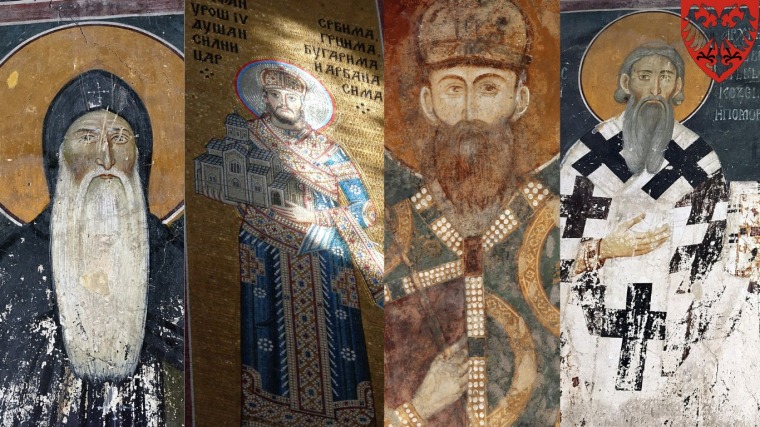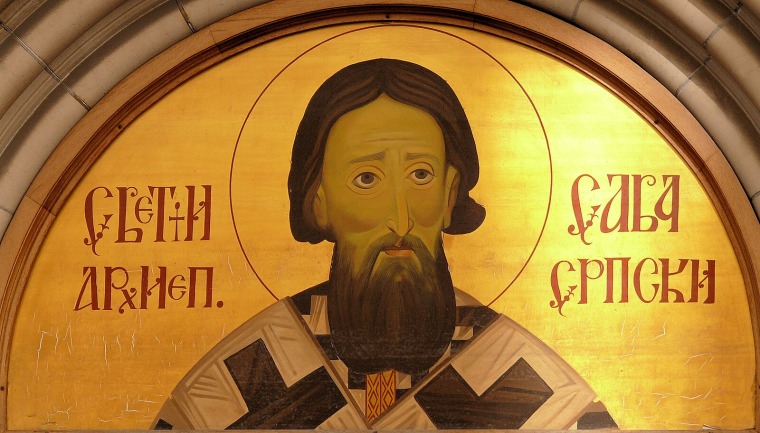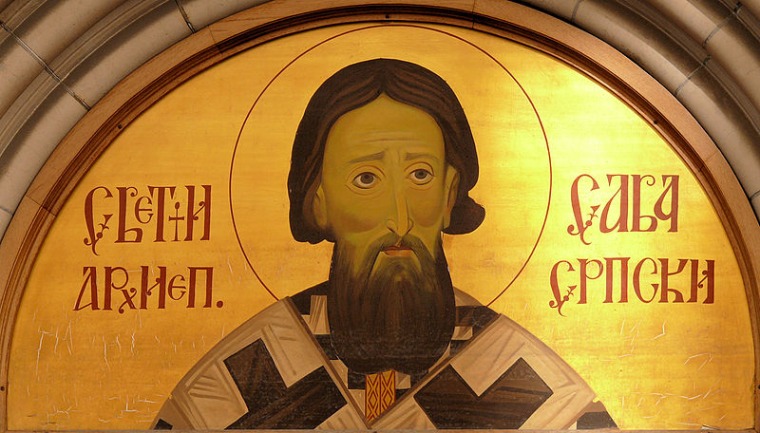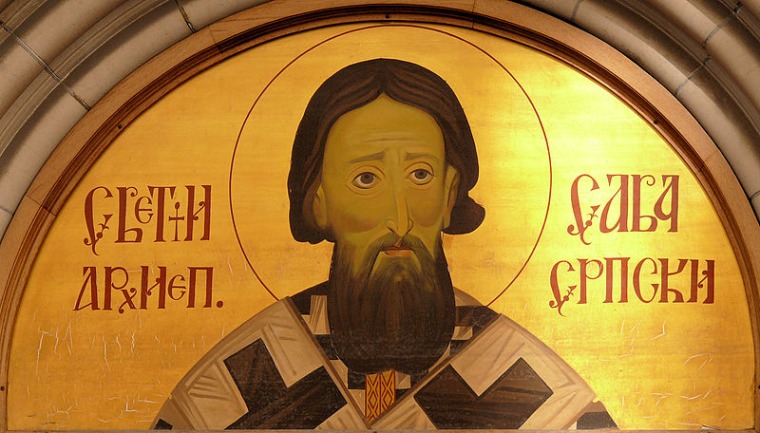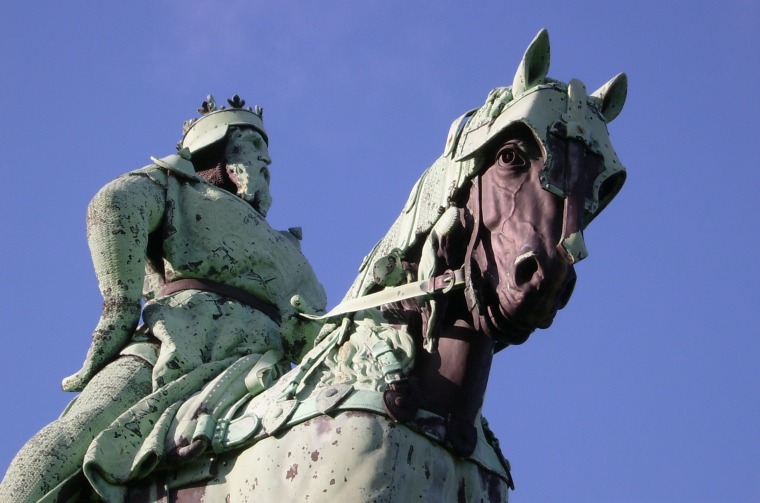Son of Prince Lazar, despot Stefan Lazarević, also known as Stevan the Tall had successfully balanced between Ottomans and Hungarians, in the time when that was deemed nearly impossible, and had significantly modernized and expanded Serbia.
For its welfare, he even proclaimed his lifelong rival, nephew Đurađ Branković (George Branković) to be his rightful heir.
When his father and Serbian Prince Lazar Hrebeljanović died in the Battle for Kosovo in 1389, feeble boy, Stefan Lazarević, was only 12. He matured knowing the fact that the throne is waiting for him, as well as the land which was wanted by two grand empires, Ottoman and Hungarian. Though very young, he bravely sought various cunning, diplomatic and often controversial ways to expand and protect Serbia and its people, which were perhaps in the most vulnerable stage in their long history.
 A vassal position was in this situation inevitable, but often would arise the question of whose vassal to become in times of external attacks and internal feuds and disunity caused by fighting with brother Vuk and Brankovićs, his nephews.
A vassal position was in this situation inevitable, but often would arise the question of whose vassal to become in times of external attacks and internal feuds and disunity caused by fighting with brother Vuk and Brankovićs, his nephews.
As circumstances regarding Ottoman’s throne varied, so did the politics led by Despot. His contemporary, Constantine of Kostenets (also known as Constantine the Philosopher), wrote how Stefan learnt about running the country mostly from Sultan Bayezid I, his brother-in-law, for whom he often fought battles. However, the battle for Angora was crucial for Bayezid, Stefan and Serbia as well.
Bayesid had been taken prisoner, and Stefan, on his way from Angora, came by Constantinople, where Tsar John VII Palaiologos granted him the title of Despot, the greatest empirical title of the East, right beneath the Tsar, and arranged his marriage with Hellena Gatillusio from Genoa, the daughter of the Emperor of Mytilene.
The tomb of Saint Stephen, Serbian DespotIt was long thought that the tomb of Despot Stefan lies in the Koporin monastery. DNA analysis performed on relics found in the unmarked grave in Manasija monastery, his heritage, had concluded that they belong to a close relative of Prince Lazar Hrebeljanović (99.9378%). Since it is proven that youngest son of Lazar, Vuk, was buried in Ravanica, there is no doubt that the relics from Manasija belong to the one of the wisest rulers of Serbia, Stefan Lazarević.
Serbian Orthodox Church canonized him as Saint Stephen the Serbian Despot on the day of his demise 15 years later, July 19th 1927. It is celebrated on the day of his death, August the 1st, (19th July according to the Julian calendar), together with his mother the Venerable Eugenia (Empress Milica).
There were many differences in the Ottoman court, so Despot realized that that was the right time to turn to Hungary and by being its vassal expand the territories of Serbia. That is how he was granted Mačva, Belgrade, later Golubac, Srebrenica, and part of today’s Vojvodina with Zemun, Zrenjanin, Bečej, all the way to Apatin.
Despot had renewed the country in only few years. He built palaces, churches and schools, reformed the army and laws regarding mining and trade, managed wisely Novo Brdo’s and Srebrenica’s mines filled with vast treasures, thus making Serbia the largest manufacturer of silver and one of the economically most stable countries in Europe.
Together with the king Sigismund and twenty two other European aristocrats, he founded the Order of the Dragon which was firstly intended only for the protection of Royal family of Tsar’s Holy Roman Empire – Sigismund, but later its main purpose was defending the cross from the enemies, especially the Turks.
It is rather interesting that in nearly all of the written records of old which mention Despot, he was described as physically beautiful as well. Residents of Dubrovnik spoke of Stefan Lazarević as a “lord high in height and mind”, since he was really tall, and his spiritual and “height” of mind were enriched with his love towards literature and fine arts.
In his heritage, Manasija monastery (Resava), Stefan founded the Resava copying school, furnished it with an extraordinary library and there gathered notable scholars. He personally translated the works from Greek and Latin, of which there were also the ones of Plato, Aristotle and Pythagoras. He instructed his autobiographer Constantine the Philosopher to write the first Serbian book of grammar, also known as: ”Skazanije o pismenah” (A History on the Letters).
He also wrote one of the most beautiful works of the Serbian medieval literature, “Slovo ljubve” (“The Word of Love”) where he addresses the unknown close individual with whom he is on bad terms. It is considered to be his brother Vuk who wanted to reign just like Brankovićs, so he fought against Despot on the side of the Turks, which was what brought him to his demise.

When he was encumbered by illness, Despot showed once again his responsibility and wisdom, which can rarely be found in the ruling Royalty. Fully aware that after his death which was already knocking on his doors, there will be unnecessary bloodshed, he gave his title to his former enemy, his nephew Đurađ Branković, with whom he reconciled at the end of his life, with the help of his sister and Đurađ’s mother Mara.
This exemplary reign free of vanity and unselfish dedication towards the country’s interests is quite a rarity indeed, thus making the Despot Stefan Lazarević one of the most extinguished and beloved rulers of Serbia.



